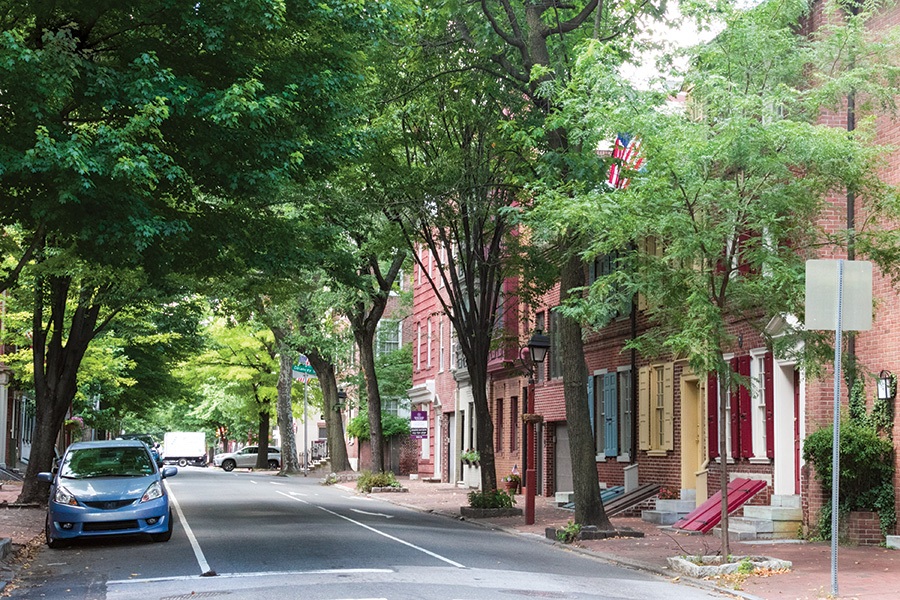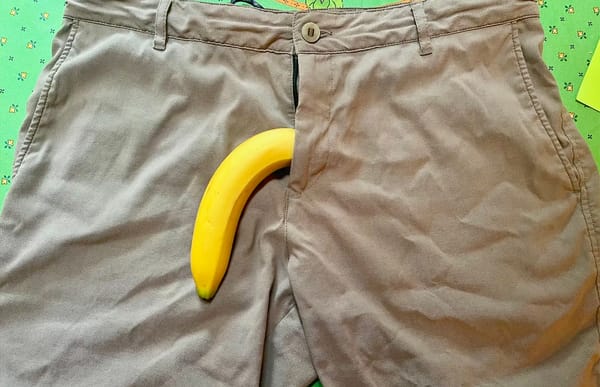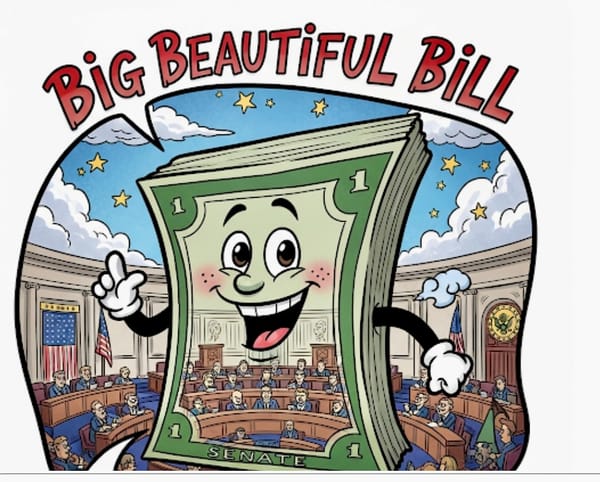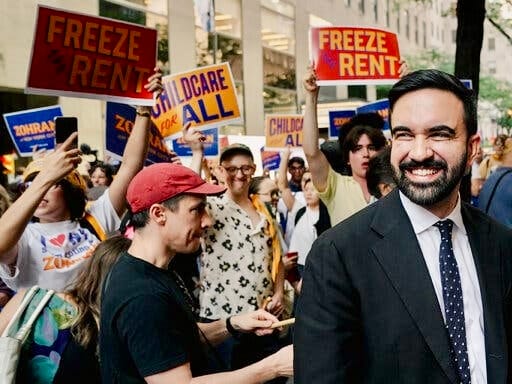Philadelphia trees are racist!
They say when you are a hammer, every problem looks like a nail.
Since the Inquirer announced, in a stunning letter from its publisher, that it would henceforth be “anti-racist” (suggesting it had been racist until then), it has found new ways to promote its creed.

Like a story, which at a glance could be headlined, “Trees Are Racist.”
Why? Because in Philadelphia trees are found mostly in white neighborhoods.
Wow, those damn white supremacist trees!
And I don’t mean just white birch and white poplar. Maybe we should cut them all down, creating a desert of glorious equity.
It isn’t until the 11th paragraph in the story that we learn that “income, not necessarily race, correlates most closely with how leafy a neighborhood appears from above.” Although it wanted to play the race card, facts got in the way.
It found that wealthy zip codes like Chestnut Hill have more trees than low-income neighborhoods like Kensington. Well, duh. Chestnut Hill is defined by single homes on a grassy lot, while Kensington is defined by row homes without lawns.
If you dig deeply enough in the story, it explains all this, but the facts are downplayed so as not to infringe on the subtle aroma of racism.
At one point, in explaining the now-dead (by law, anyway) racist practice of redlining certain neighborhoods, the story notes that one area of North Philadelphia “was redlined in 1937, noting that half the people were immigrants” and 40% of the residents were Black.
Work the numbers and you find that the majority of residents were white, and were redlined anyway because of their low income, not because of skin color.
Trees can be a pain in the ass — some stink (hel-lo Mr. Ginkgo), the roots of some bust through sidewalks, leaves can be slippery and clog sewer inlets, some drip sap ruining the finish on autos, some crash in storms, damaging homes and even killing people. Killer trees!
When done right they provide a canopy, they cool, and they add beauty to the cityscape.
Philadelphia has a special relationship with trees. I mean, look at the map of city streets — Chestnut, Walnut, Locust, Cypress, Pine, Spruce, Weeping Willow (OK, kidding about the last one.)
The story talked a lot about Chestnut Hill (zip code 19118, $80,950), but when I looked at the zip code map I noticed something interesting.
The zip code with even higher income (Society Hill, 19106, $93,222) had very few trees. Why? Narrow streets and row houses. The zip code with a slightly lower income (Center City West, 19102, $65,703) also lacked a great green canopy.
This shows that wealth does not automatically translate into more trees. There are other factors involved.
And race is among the less important.



